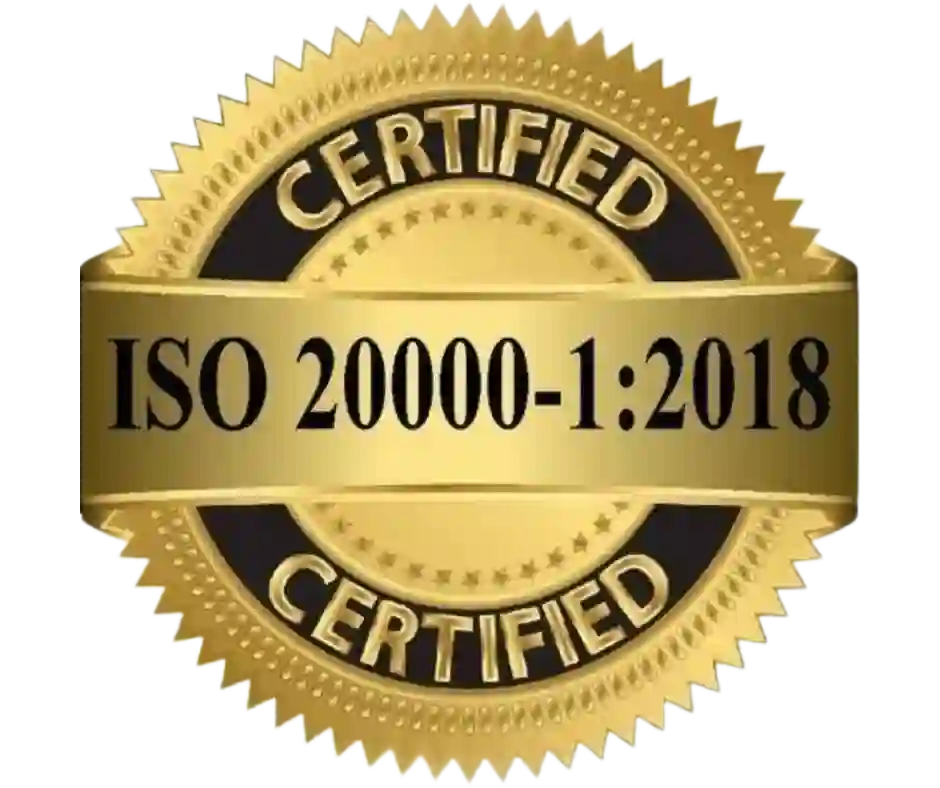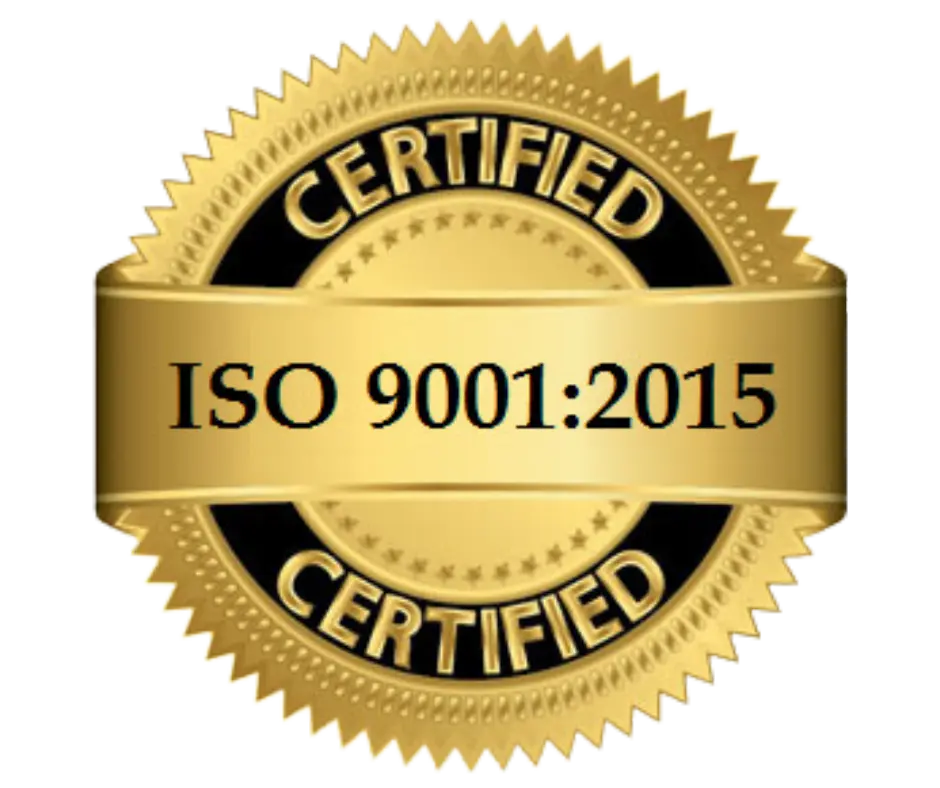Identity and access management are vital processes for creating software that complies with HIPPA rules. User authentication and authorization are critical for all organizations that handle sensitive PHI and ePHI.
Authentication is the process of verifying a user’s identity. In the context of HIPAA, this typically involves proving that a user is who they claim to be before granting access to sensitive medical information. Authorization, on the other hand, is determining whether a user has permission to access specific resources or perform particular actions. In the context of HIPAA, this typically involves determining whether a user has the proper level of clearance to access certain medical information.
What is AUTH0?
One way to accomplish the task at hand is through using Auth0 – a platform that provides a comprehensive set of tools for authentication and authorization. The platform is a flexible, drop-in solution that houses all the necessary requirements for building and running a secure infrastructure.
Features AUTH0 offers
AUTH0 is an impressive platform that offers multiple approaches to maintaining the HIPPA compliance of your application.
- Universal Login
Universal Login is a feature that allows users to log in to your application using various methods, including email and password, social media, and single sign-on (SSO).
To set up Universal Login, you’ll need to create an Auth0 account and configure it with the appropriate settings for your organization. This includes setting up connections to your desired identity providers, such as social media accounts or SSO providers, and configuring your application’s settings to match the requirements of your organization. You also have to set up rules for user verifications and authorization rules as per the HIPAA guideline.
Once your Auth0 account is set up and configured, you can implement Universal Login in your application by using one of the many libraries and SDKs provided by Auth0. These libraries and SDKs will handle the details of authenticating and authorizing users, so you can focus on building your application.
- JSON Web Tokens (JWTs)
JWTs are a standardized format for representing claims securely between two parties. You can use these tokens to store information about a user’s identity and permissions, which can then be used to determine whether the user has the proper clearance to access sensitive medical information. Auth0 provides a variety of libraries and SDKs that make it easy to work with JWTs in your application, which can help streamline the process of implementing authorization under HIPAA.
- Multi-factor Authentication (MFA)
You can use this feature to add a layer of security to your application by requiring users to provide a second form of authentication, such as a fingerprint or facial recognition, in addition to their username and password. This can help prevent unauthorized access to sensitive medical information and meet the requirements of HIPAA.
Conclusion
It’s important to note that Auth0 is just a tool and can’t guarantee compliance with HIPAA. Organizations are ultimately responsible for maintaining compliance with HIPAA regulations and should consult with legal counsel to ensure that their use of Auth0 is consistent with these regulations.








